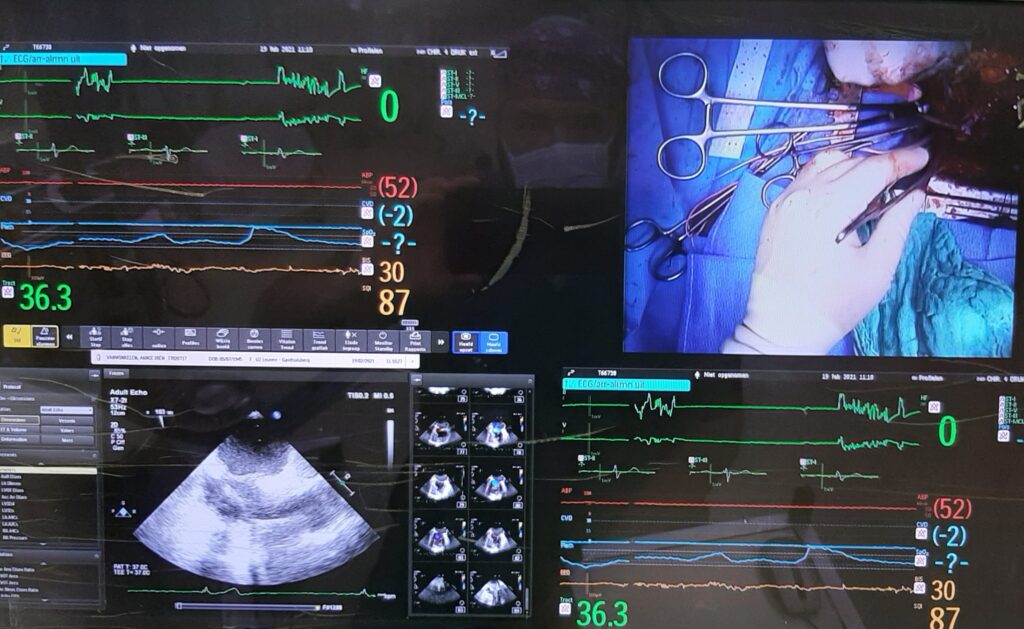Costs And Consequences of Acute Kidney Injury after Cardiac Surgery: A Cohort Study

Objectives
Acute kidney injury (AKI) is common after cardiac surgery. We quantified the mortality and costs of varying degrees of AKI using a population-based cohort in Alberta, Canada.
Methods
A cohort of patients undergoing cardiac surgery from 2004 to 2009 was assembled from linked Alberta administrative databases. AKI was classified by Kidney Disease Improving Global Outcomes stages of severity. Our outcomes were in-hospital mortality, length of stay, and costs; among survivors, we also examined mortality and costs at 365 days. Estimates were adjusted for demographic characteristics, comorbidities, and other covariates.
Results
Ten thousand one hundred seventy participants were included, of whom 9771 patients were discharged to community. Overall in-hospital mortality, costs, and length of stay were 4%, 7 days, and Can $34,000, respectively. Postcardiac surgery, AKI occurred in 25%. Compared with those without AKI, AKI was independently associated with increased in-hospital mortality across severity categories, with the highest risk (adjusted odds ratio, 37.1; 95% confidence interval, 26.3-52.1; P < .001) in patients who required acute dialysis. AKI severity was associated with increased hospital days and costs, with costs ranging from 1.21 for stage 1 AKI (95% confidence interval, 1.17-1.23) to 2.74 for acute dialysis (95% confidence interval, 2.49-3.00) (P < .001) times higher than in patients without AKI, after covariate adjustment. Postdischarge to 365 days, patients with AKI continued to experience increased costs up to 1.35-fold, and patients who required dialysis acutely continued to experience a 2.86-fold increased mortality.
Conclusions
AKI remains an important indicator of mortality and health care costs postcardiac surgery.
